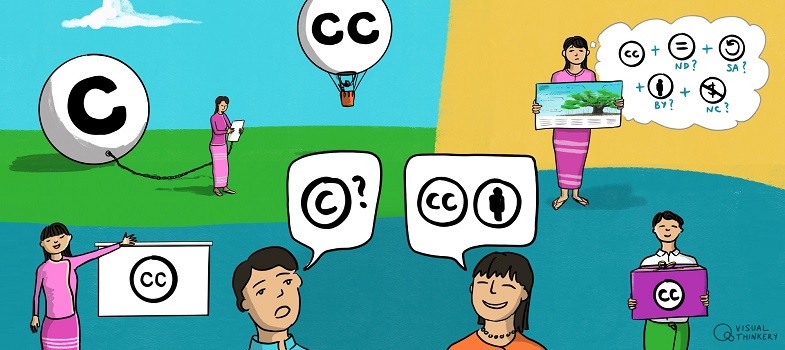What is open access?
The Budapest Open Access Initiative [Tip: hold Ctrl and click a link to open it in a new tab. (Hide tip)] defines open access (OA) as follows:
[Free] availability on the public internet, permitting any users to read, download, copy, distribute, print, search, or link to the full texts of [research] articles, crawl them for indexing, pass them as data to software, or use them for any other lawful purpose, without financial, legal, or technical barriers other than those inseparable from gaining access to the internet itself. The only constraint on reproduction and distribution and the only role for copyright in this domain should be to give authors control over the integrity of their work and the right to be properly acknowledged and cited.
Important components of the OA model include:
- authors or their institutions keeping their copyright
- immediate free availability of publications without an embargo period
- adding a Creative Commons licence to the publication or research output, preferably using the CC BY license.
- sharing the research data with the article, where possible and where agreed with any participants during the research process
Watch the following video, ‘Open access explained!’ (English language version):
Introduction
